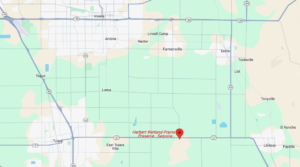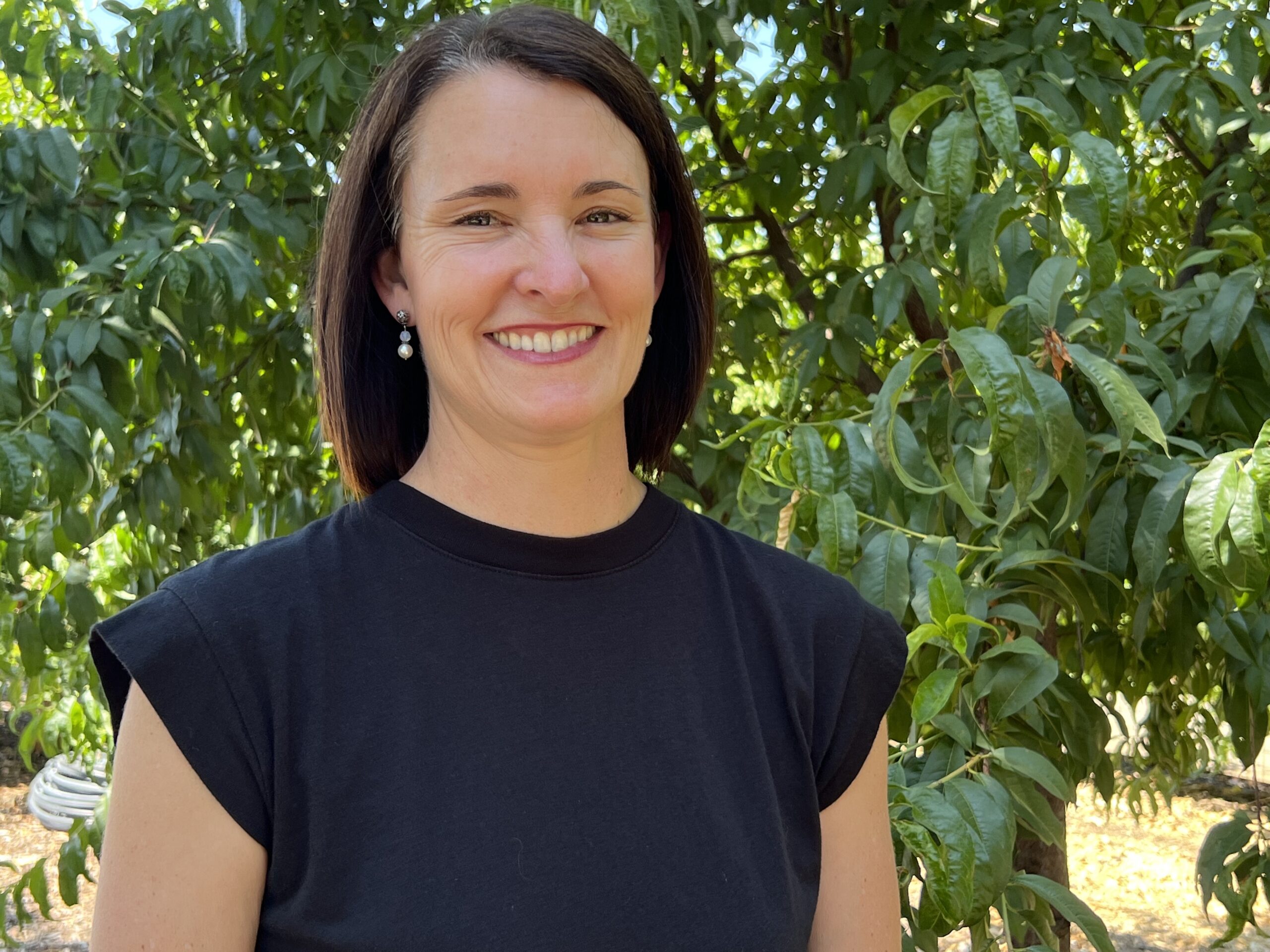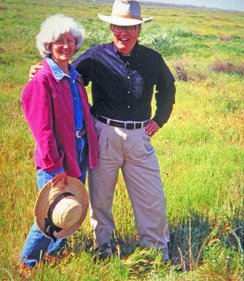Nearly 25 years ago, the donation of a single parcel of undisturbed prairie in Tulare County became the impetus for a land conservation movement in the region.
The donor, James K. Herbert, passed away at age 85 on Dec. 5.
But his legacy lives on, both at the 725-acre James K. Herbert Wetland Prairie Preserve between Tulare and Lindsay, and within the work of Sequoia Riverlands Trust.
At the time of the donation, Kaweah Oaks Preserve east of Visalia was the only nature preserve in the area. Three different land conservation groups in Three Rivers, Springville and Visalia worked separately.
Herbert’s donation was like glue, culminating in a “remarkable effort to get a chunk of ground that big preserved in modern Tulare County,” said Rob Hansen, a retired College of the Sequoias biology professor and consultant.

He was hired in 1992 by Herbert and his wife, Carol, to assess the property’s potential. Hansen helped the couple understand the significance of the undisturbed land, a small piece of a once-extensive wetland prairie that stretched to Tulare Lake.
“Sequoia Riverlands Trust was born around the raising of the money to get the Herbert Preserve protected,” said Hansen, an emeritus board member. “And now, the trust has six preserves with ten times its original acreage protected. This is largely due to the generosity and forward thinking of the Herberts. They are two of the finest people I have ever worked with on land conservation issues in the Valley.”
Herbert was an attorney and law professor, born into a farming family in 1938. He initially thought about developing part of the site into a dairy but decided against it.

According to the Sequoia Riverlands Trust, just four percent of the Valley’s original landscape survives.
Today, the preserve opens to the public one or two days each year as habitat restoration projects are ongoing, said Aaron Collins, director of marketing and communications at Sequoia Riverlands Trust.
“Our spring vernal pools event highlights the amazing resurgence of the land during the wet season and offers the public a chance to see nature’s spring transformation during wet years,” he wrote in an email.
Sandwiched between the Kaweah and Tule Rivers, the preserve is an important stop for migratory birds, who see the shallow, shimmering vernal pools from above.
They stop to rest and feast on freshwater invertebrates such as fairy shrimp. An impermeable layer of Corcoran clay about 18 feet below the surface causes the vernal pools to form, Hansen said.
More than 120 bird species have been identified there, including burrowing owl, Swainson’s hawk, golden eagle, ferruginous hawk, killdeer, mallard, ruddy duck, black-necked stilt and pied-billed grebe.
“SRT is grateful for Jim Herbert’s vision for establishing the preserve and for his passion for conservation,” executive director Logan Robertson Huecker stated in a press release. “His commitment enables us all to see a glimpse of how the San Joaquin Valley once appeared, with vast grasslands and habitats of incredible biological diversity. Our thoughts are with his family at this difficult time.”
Hansen said conservation projects like the Herbert Preserve are key to the Valley’s future as California continues regulating groundwater levels. He said Herbert set an example for others and the next step is for conservation groups to connect existing easements to link preserves, especially on land that is considered marginal for farming, such as the preserve.
“I feel like there are many other people in the Valley of substance who are part of a generation that when they settled in the Valley, never could have imagined the woodland landscape would be gone,” he said. “What drew them to the Valley were bits of prairie, vernal pools and oak forest. All of those places were part of what gave the Valley its remarkable variety. There are other people out there like Jim who have the same inspiration to identify and set aside natural areas that still exist in the Tulare Lake Basin.”
Hansen narrated a short video about the preserve’s history for Tulare County Treasures, which can be viewed here.
Share this:
- Click to share on Facebook (Opens in new window)
- Click to share on Twitter (Opens in new window)
- Click to share on LinkedIn (Opens in new window)
- Click to share on Reddit (Opens in new window)
- Click to share on Tumblr (Opens in new window)
- Click to share on Pinterest (Opens in new window)
- Click to share on Pocket (Opens in new window)
- Click to share on Telegram (Opens in new window)
- Click to share on WhatsApp (Opens in new window)
- Click to print (Opens in new window)









You must be logged in to post a comment.